The NPR News Outlet issued a report by Neda Ulaby on July 28, 2021 that UNESCO has nominated the Iranian Railway as a World Heritage Site. This is due to the fact that despite several seemingly insurmountable challenges after the First World War, Iran successfully constructed a robust 850-mile Trans-National railroad. This finally linked southern and northern Iran, a project that had been bitterly opposed by Imperial Russia in the early 20th century. For the first time the northern agricultural lands and the Caspian Sea ports were linked to ports and oilfields in the south.
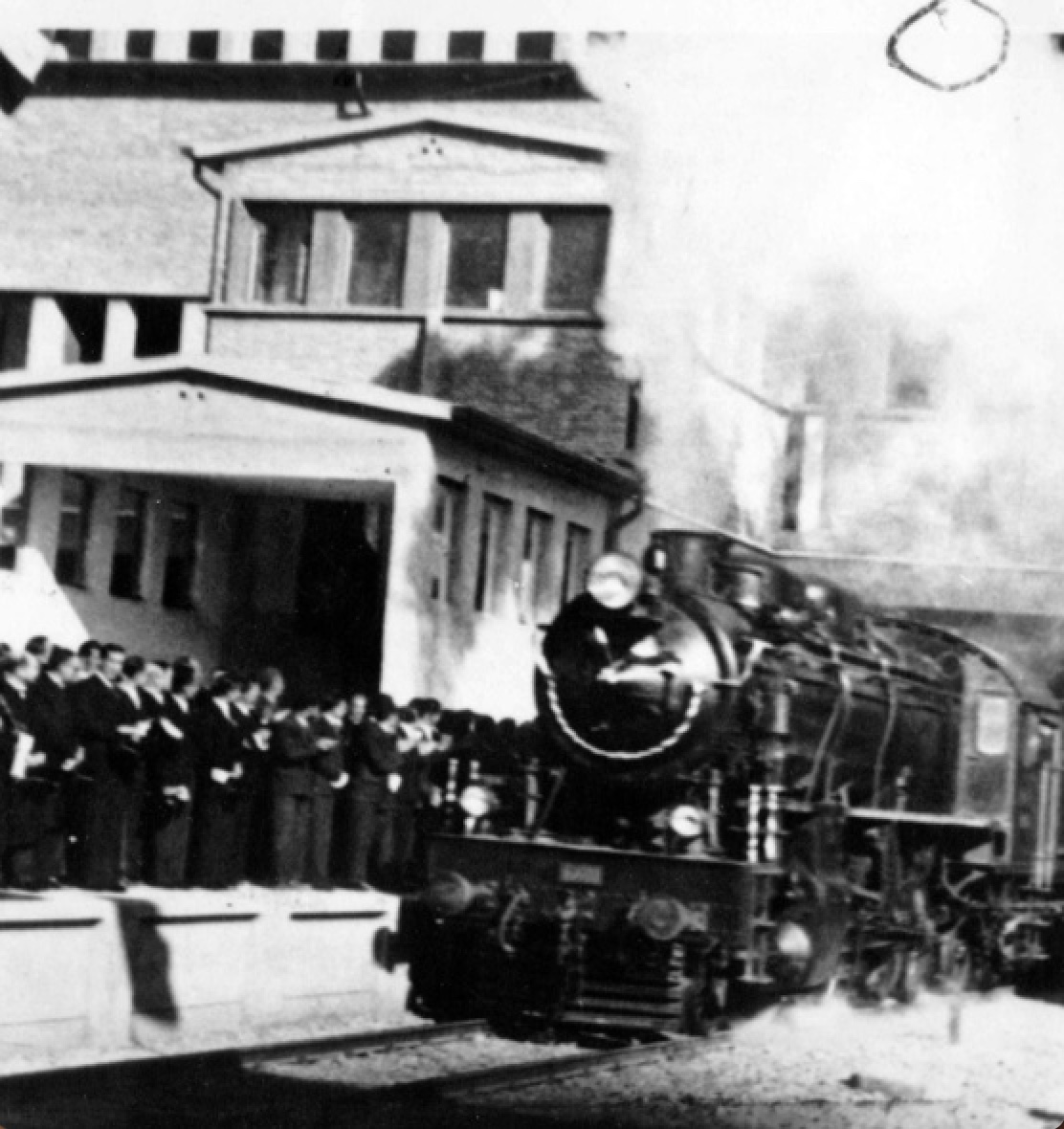
Photo of the first train voyage from Tehran station during the official inauguration of the Iranian railway (Source: IICHS).
Construction of the Iranian railway had been an overwhelming task as it required the building of 4,100 bridges and 224 bored tunnels (64 miles in total). Iran’s economy after the First World had been in tatters, especially with increasing chaos due to British, Russian and Ottoman military incursions. Even more impressive was the way in the which the project had been funded: taxes on sugar and tea helped subsidize the project.
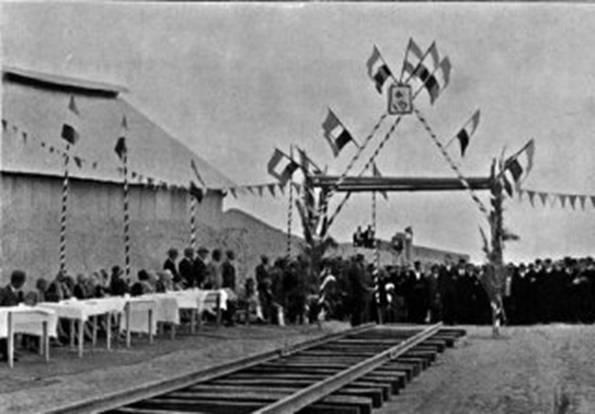 Undated photo of the opening ceremony of the Tehran-Masjid Suleiman railway line (Source: Iranvij).
Undated photo of the opening ceremony of the Tehran-Masjid Suleiman railway line (Source: Iranvij).
The buildup of the Iranian railway and road systems resulted in a dramatic improvement in the economic sector. Cost and time required for the transportation of goods across the country were now dramatically reduced. As noted by the British Central Office of Information:
“…the Persian people had every reason to be proud of it [the Iranian railway], for they themselves had supplied most of the labor for its construction and they, with a small population living in every circumstance in hardship, had found every Rial of the thirty million Pounds which it had cost” (British Central Office of Information, 1948, p.92 – Source: British Central Office of Information (1948). PAIFORCE: The Official Story of the Persia and Iraq Command 1941-1946. London: His Majesty’s Stationary Office).
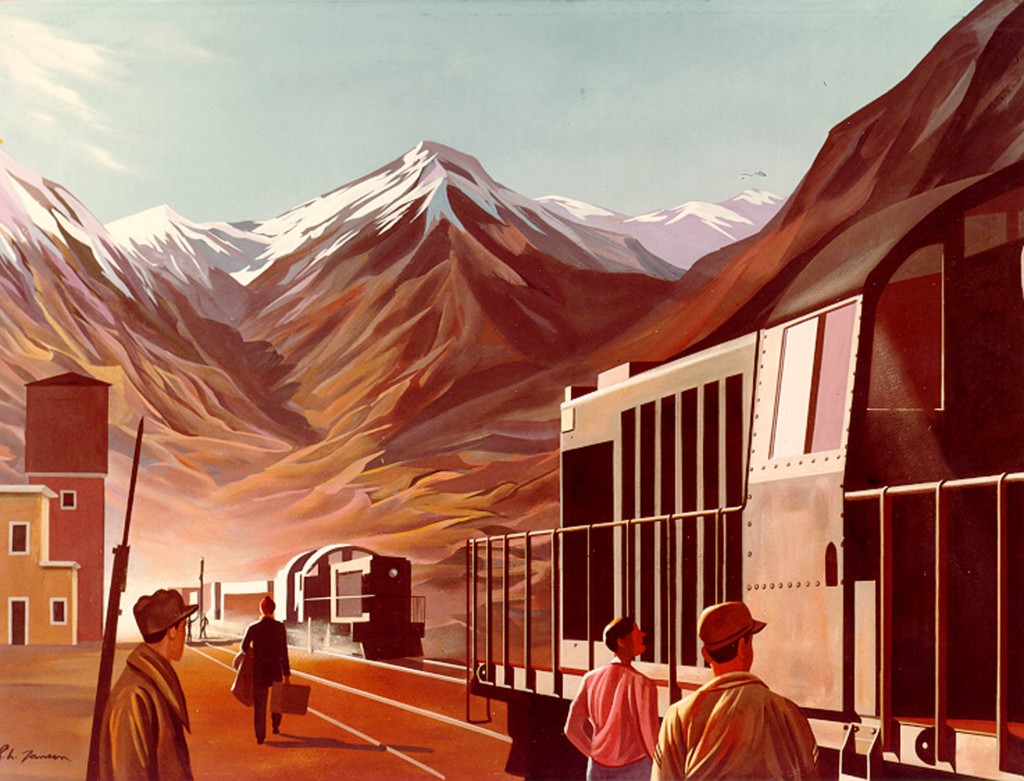 The Dorood train station in Luristan as painted by Richard H. Jansen (Source: US Army Center of Military History).
The Dorood train station in Luristan as painted by Richard H. Jansen (Source: US Army Center of Military History).
By 1933, the Iranian railway and road network system had reduced the cost of transportation to a third of what it had been in 1920. The time needed for transport in 1933 was now reduced to just one-tenth of what it had been in comparison to 1920.
A 1942 film report by Pathé outlining how Anglo-American supplies were dispatched to Russia by using the Iranian railway system (Source: YouTube-British Pathé).
The efficiency of the Iranian railway and road networks was one of the primary factors that encouraged the Anglo-Soviet invasion of Iran in August 1941. The primary objective of that invasion was to use the Iranian network to supply the Red Army of the Soviet Union. This is because Nazi Germany had been engaged in a massive invasion of the Soviet Union since June 22, 1941 (known as Operation Barbarossa).
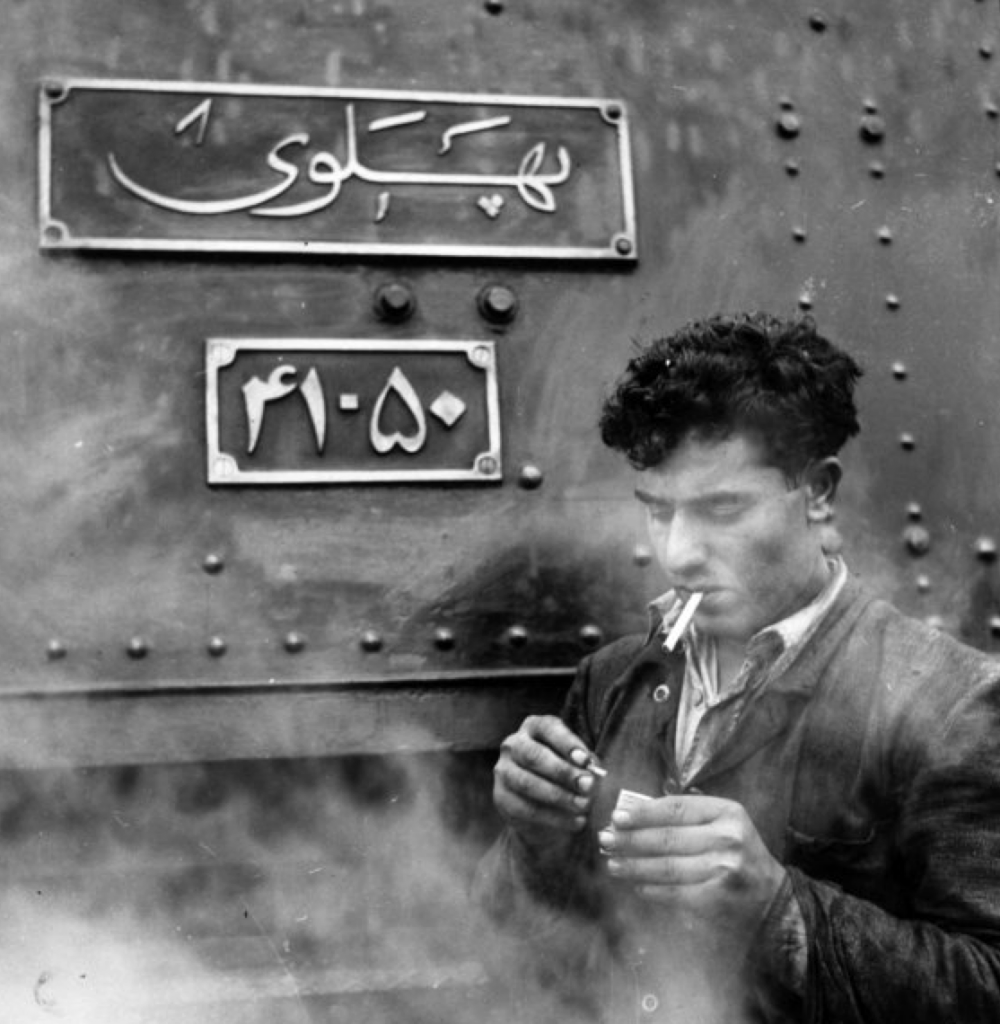 An Iranian railway engineer pauses for a cigarette break at Zagheh station along the Western Iranian mountains; photo dated to 1955 (Source: Avax News).
An Iranian railway engineer pauses for a cigarette break at Zagheh station along the Western Iranian mountains; photo dated to 1955 (Source: Avax News).
The construction of the Iranian railway is a testament to a monumental feat of engineering in a country of rugged and highly diverse geography.
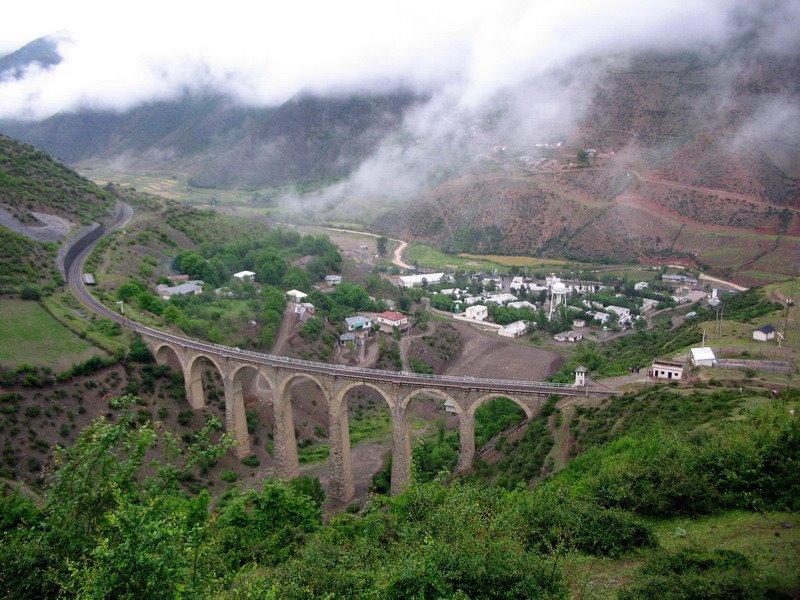
A railway bridge along Do-Ab in Mazanderan Province, northern Iran (Source: Ali1986 in Public Domain).



